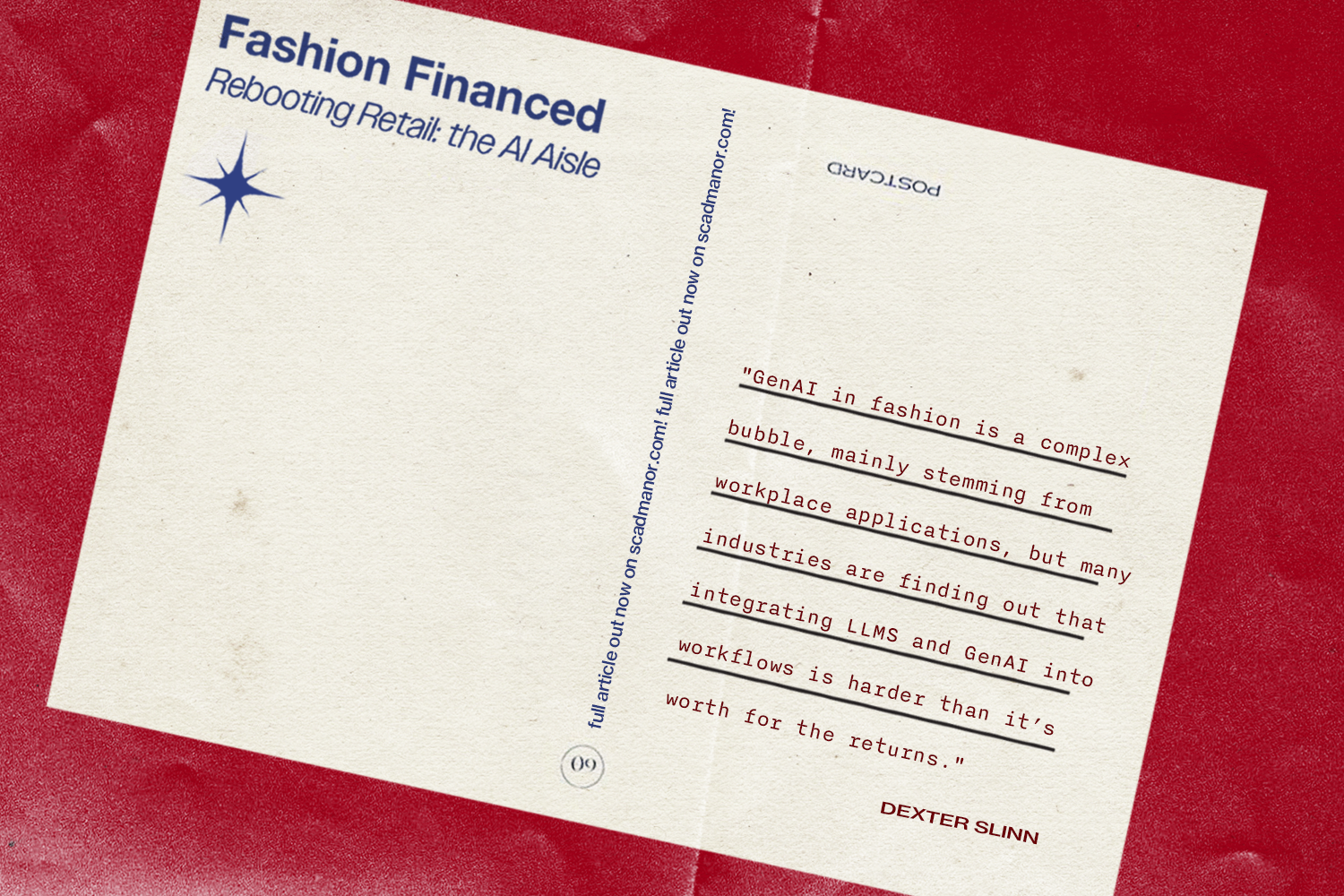Online shopping has become a battleground for companies trying to find the next front line of advertising. Search Engine Optimization (SEO) has been a major front for corporations to get their products seen by the most people, benefiting many small companies that would not usually be seen by searchers. SEO as a concept and term has been around since the 1990s, when the internet functioned more as a rigid database instead of the smoother surfing and browsing-based system it is today. Back then, researching took much more time, and you needed to be much more specific when looking for things. So, many companies started to modify their names and web pages to come up sooner on search pages. After 30 years, SEO is now the backbone of web marketing.
Consumers feel the changes in the search market the most, and not all of the changes are to their benefit. Sponsored results, catchy web titles, and misleading descriptions give shoppers a mildly confusing experience. Many consumers seeking specific pieces use search engines like Google/ChromiumOS-based products for research. The problem with this is that brands utilize SEO and product name optimization to rank higher, and groups of keywords that do not always apply can be deceptively added just to be seen. This creates an issue when consumers are browsing for specific pieces, and those niche terms are added to unrelated products. Bloating search results with unrelated products slows browsing in the best cases, and in the worst cases causes consumers to lose interest and give up searching for their products.
The search for alternative shopping methods has led to many different avenues, from giving up online shopping methods to utilizing AI assistants for product searches. These tools range from general AI Large Language Models (LLMs) like Open AI’s ChatGPT, to specialized tools built just for shopping like KNXT’s Madeline chatbot. These are not necessarily new projects, Madeline was introduced a little over a year ago but many consumers are getting used to them. GenAI in fashion is a complex bubble, mainly stemming from workplace applications, but many industries are finding out that integrating LLMS and GenAI into workflows is harder than it’s worth for the returns. Companies are paying licensing and training costs for returns that amount to a new employee making novice industry errors. Consumer-facing tech is the revised focus, with shoppers finding ways to integrate it into their shopping and being presented with AI shopping assistants for their searching, like Amazon’s Rufus or Instagram’s Meta AI Search.
Companies are searching for better ways to present products, and the concept of finding the elusive perfect product is alluring to both shoppers and stores. Mercari is a secondhand marketplace, acting as an intermediary platform for individuals to sell their clothing or items for a good price, and they recently introduced a shopping assistant named Merchat. After testing Merchat, it is a robust tool but lacks the specific details that a human shopper would notice. When prompted to search for wax jackets good for Savannah weather, Merchat understood the product and geography, stating that lighter and more breathable jackets would be better for the weather. The AI assistant handled narrowing down the results to men’s jacket sizes in olive green, but when prompted to narrow down to jackets with a light tan collar, it ignored the request and instead showed lighter green jackets.
Merchat is an LLM, meaning that the basis of its searching ability is the keywords in the products it searches for. As the products are being posted by individual sellers, the standard for descriptions is up to them, and things like the collar color may not be shown in the keywords. A human shopper will be better at this, but finding these products is still difficult without sorting through the thousands of jackets available. Image analysis is the next step in LLMs, and many already have that ability. The capacity to comprehend fashion and connect it to consumer prompts, however, is another story. With normal LLM interaction there is already prompt engineering needed, and product searches are no different even on Google, so we have a long way to go before shopping chatbots are going to be able to live up to our expectations.
So where does this leave us? GenAI and LLMs are the biggest bubbles in fashion currently, leading companies and consumers to find new ways to utilize them in their daily personal and professional lives. Finding a use for them is the main problem, and once the technology improves, this may be how AI stays in fashion. As consumers, the only effect we can have is testing these new initiatives companies present to us and seeing if these concepts appeal. Right now the technology hasn’t quite caught up to the ideas and implementations, so getting discouraged from incomplete software is a genuine possibility and is putting many off from using these assistants. After giving it a couple of years, the environment will be changed in every level to make these projects up to par, but as of right now, we will have to fill in the gaps that AI can’t.
Words by Dexter Slinn
Graphic by Eve Friday

